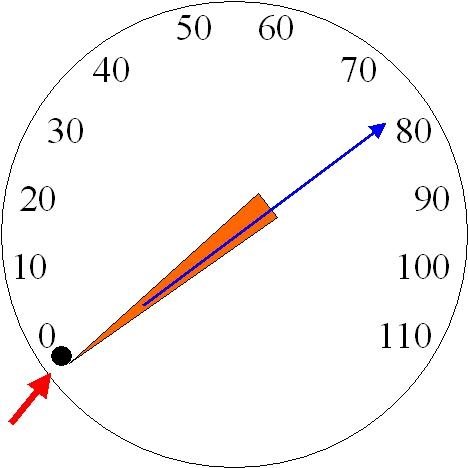The first thing to consider is the recent service required the battery to be disconnected. Doing that erased the memory in the engine computer. Most of that will be rebuilt as soon as you start driving again, without you even noticing. The one notable exception is "minimum throttle". Until that is relearned, the engine may not even start unless you hold the accelerator pedal down 1/4". You will not get the nice idle flare-up to 1500 rpm at start-up, it will tend to stall at stop signs, and you might have surging idle speed as you described. To meet the conditions for the relearn to take place, drive at highway speed with the engine warmed up, then coast for at least seven seconds without touching the pedals.
There are two things that can cause the speedometer to stop working. We can eliminate the speed sensors on the transmission because failures of those would also cause the transmission to stay in second gear. If the transmission is shifting normally, everything up to the instrument cluster is working. The first thing to look at is if the speedometer's pointer is stuck on the wrong side of the stop peg at "0". That can be caused by a voltage spike when the battery is reconnected. There are three ways to fix that. The hardest is to disassemble the cluster, then push the pointer counter-clockwise, by hand, back to "0". Your mechanic can use a scanner to run a gauge test function that runs all the gauges to 1/4, 1/2, 3/4, max, then back to "0". The easiest way is to simply drive more than half the maximum speed shown on the speedometer. Unlike the simple, reliable mechanical spring-loaded gauges of the past, these use "stepper" motors that are pulsed to the desired position by computer circuitry. It is not uncommon for the pointers to move around when the ignition switch is off. As soon as you start the engine, the computer pulses the speedometer back to "0" to be sure it is where it should be, but the pointer simply looks for the shortest way to get there. If it is sitting higher than half scale, when it gets pulsed to "0", it is going to find the shortest way to get there is clockwise. That gets it stuck on the wrong side of the stop peg, then it cannot move higher from there.
I drew a sad picture to show what you must do. The red arrow is pointing to the stop peg with the orange pointer stuck under it. The blue arrow shows that 75 mph is slightly higher than half way and that is the point where going counter-clockwise is the shorter way to get there. As soon as you hit 75 to 80 mph, the pointer will go there, then follow vehicle speed back down to "0" like normal. That is a real complicated way of saying to just drive fast enough, then the pointer will resume working normally.
There is a fourth way to get the pointer to "0" that involves a self-test initiated by you. That is done by pressing a certain combination of buttons that includes the trip odometer reset button, then you turn on the ignition switch. There is more to that procedure but I do not have it memorized.
A third potential problem is bad solder connections on the connector for the instrument cluster. Data to know where to place the speedometer pointer comes in on a circuit that includes a lot of other data, so the speedometer's circuit can not fail on its own without affecting a lot of other stuff, but when you combine that with non-functioning lights, it points to other possible circuits. These instrument clusters are well-known to develop broken solder connections that once fixed, are fixed for life. If you cannot find anyone to re-solder the connections, look for a local TV repair shop. Many mechanics are also skilled at performing this repair. One of the terminals in the corner of the connector, when broken loose, can even cause the engine to not start.
Image (Click to make bigger)
SPONSORED LINKS
Wednesday, February 28th, 2018 AT 7:30 PM




